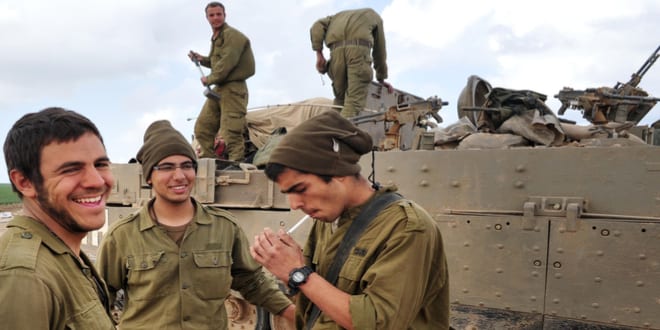For more than a decade, Israelis who live in communities near the border with Gaza have suffered thousands of Palestinian rocket and mortar attacks and numerous terrorist incursions. Thus, for 18-year-old men and women from this area, being exposed to danger is a way of life, and this situation can take an emotional and physical toll on residents of all ages.
Between March 2018 and August 2019 alone, eight Israelis were killed and 282 wounded in terrorist action from Gaza, and 282 were wounded. Nearly 2,000 rockets and mortar bombs, 841 petrol bombs and 128 improvised explosive devices were hurled at Israel. There were 25 shootings, more than 2,200 fires ignited by arson kites/balloons and 8,747 acres of land – farmland, forests, nature reserves – burned.
Besides the tens of millions of dollars in physical damaged, the human cost of emotional damage due to trauma suffered by civilians in southern Israel cannot be estimated.
To assess the amount of stress and tension in the younger generation, public health researchers at Ben-Gurion University of the Negev (BGU) in Beersheba will evaluate resilience among 18-year-old men and women from communities near the Gaza border. The unique circumstances of an upbringing under years of rocket fire and rushing to bomb shelters sometimes many times a day compounds the challenges when these residents start military service.
Israel has a universal draft law at 18 for two years of military service for women and almost three years for men. The Eshkol Regional Council reached out to BGU because they have noticed an increasing number of cases of draftees experiencing significant distress at the start of their military service, which – in and of itself – is a stressful period.
Prof. Limor Aharonson-Daniel and Dr. Stav Shapira of the university’s PREPARED Center for Emergency Response Research and School of Public Health were asked to conduct the study because of their previous work measuring resilience in the communities surrounding Gaza.
The PREPARED Center, which Aharonson-Daniel founded and directs, has the aim of conducting cutting-edge research and increasing knowledge and preparedness for states of medical emergency and disaster. The center promotes dialogue, collaborative thinking and intellectual enrichment among renowned scholars and practitioners from various disciplines.
Aharonson-Daniel is also vice president for global engagement at BGU. She received a doctorate in community medicine from the University of Hong Kong. For two years a director on the board of the World Association of Disaster and Emergency Medicine, she was also vice rector for international academic affairs at BGU, her job being to promote academic exchange of knowledge, increase mobility of students and staff between BGU and other universities around the globe.
Through a combination of qualitative and quantitative research methods, her team will investigate how these young Israeli soldiers cope and what resources they can call upon. In depth interviews, they will explore how this distress presents itself. A survey will determine how pervasive this stress is among the youth from these communities.
Equipped with this information, the researchers, the Israel Defense Forces (IDF) and the regional councils plan to develop a program to boost resiliency among the youth of the Gaza border communities. The research will be conducted in conjunction with all of the Gaza border communities and the Mental Health Branch of the IDF.




